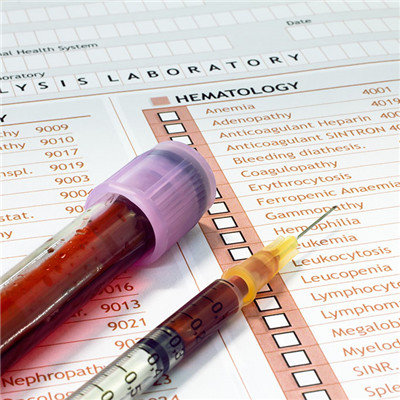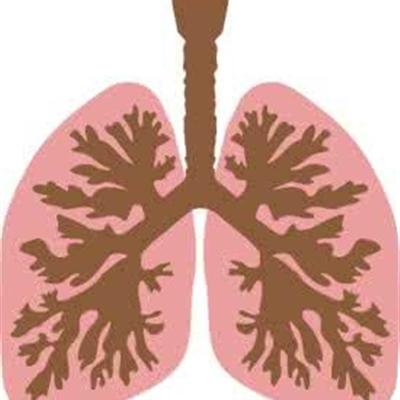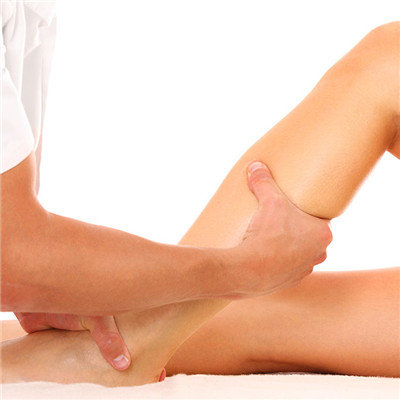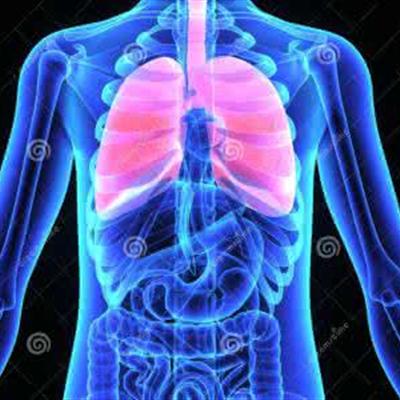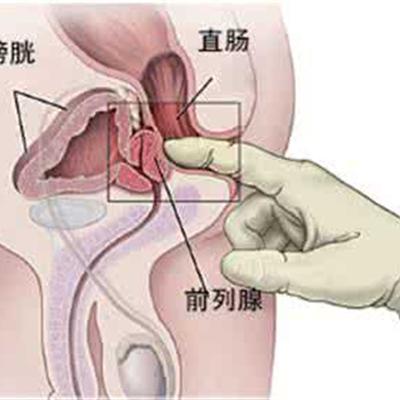How to treat rickets
summary
Rickets is mainly due to the lack of vitamin D, and the incidence rate is high, which has a great impact on children's health. Let's take a look at rickets.
How to treat rickets
Method 1: the purpose is to control the active period and prevent skeletal deformity. The principle of treatment should be oral vitamin D, the general dose is 2000iu ~ 4000iu per day, or 1,25-oh2-d30.5 μ G ~ 2.0 μ g, after one month, the preventive dose is 400IU / day. High dose therapy should have strict indications. When severe rickets have complications or cannot take orally, large dose of vitamin D can be injected intramuscularly, and the preventive dose can be changed after 3 months. If there is no sign of recovery in clinical manifestations, blood biochemistry and bone X-ray changes, it should be differentiated from anti vitamin D rickets. Ensure to be able to understand the situation of the child, take targeted measures for diagnosis and treatment.
Method 2: the Chinese Nutrition Society recommended that the daily calcium supply in China should be 300 mg for 0-6 months, 400 mg for 7-12 months and 600 mg for 1-3 years old. As long as adequate breast milk or adequate intake of formula milk, can meet the calcium nutrition of infants. Rickets treatment generally does not need calcium, unless complicated with tetany and other low calcium performance.
Method 3: in addition to the use of vitamin D treatment, we should pay attention to strengthen nutrition, ensure enough milk, timely add milk food, adhere to daily outdoor activities.
matters needing attention
Physical exercise should be strengthened for children with sequelae of skeletal deformity, which can be corrected by active or passive movement. If the situation is more serious, you need to go to a regular hospital for treatment.

